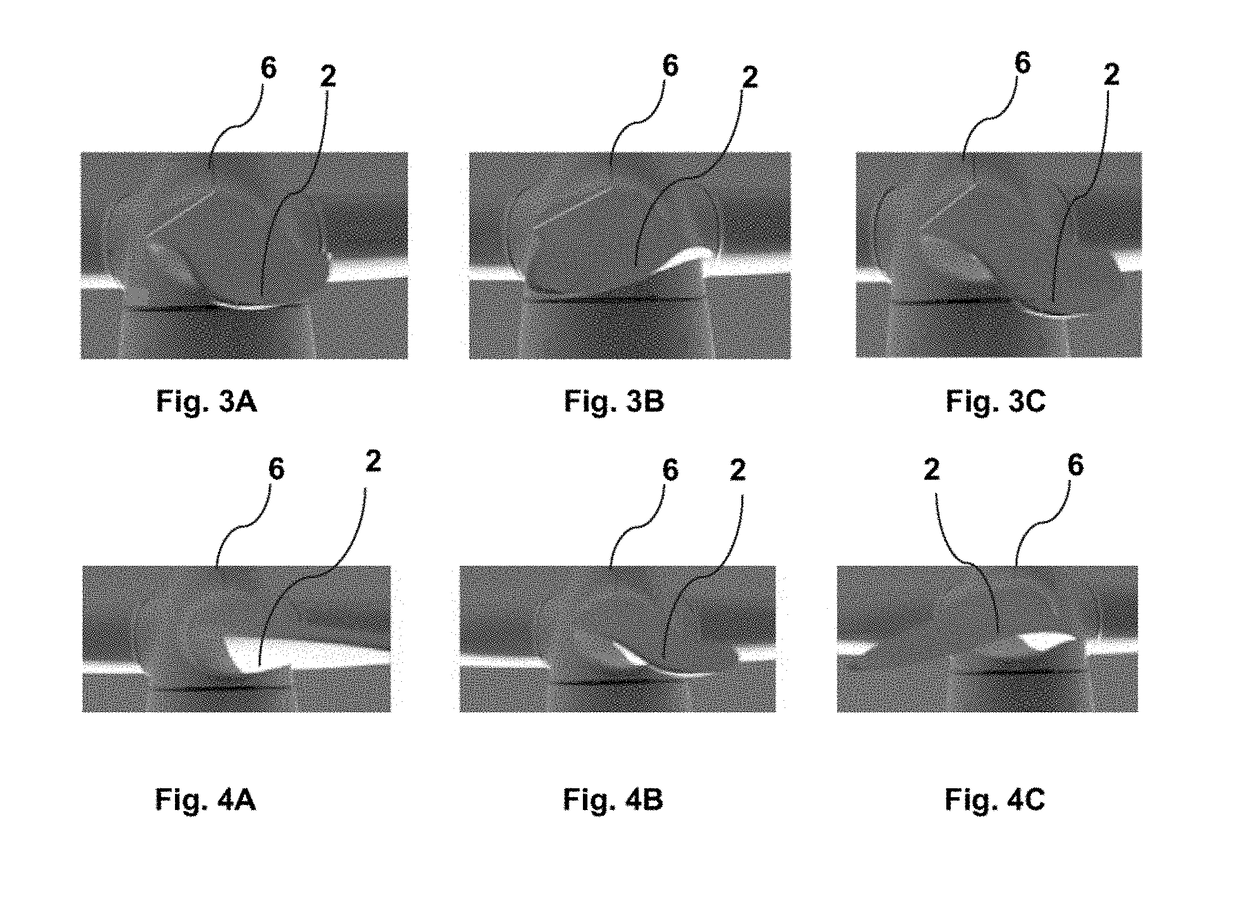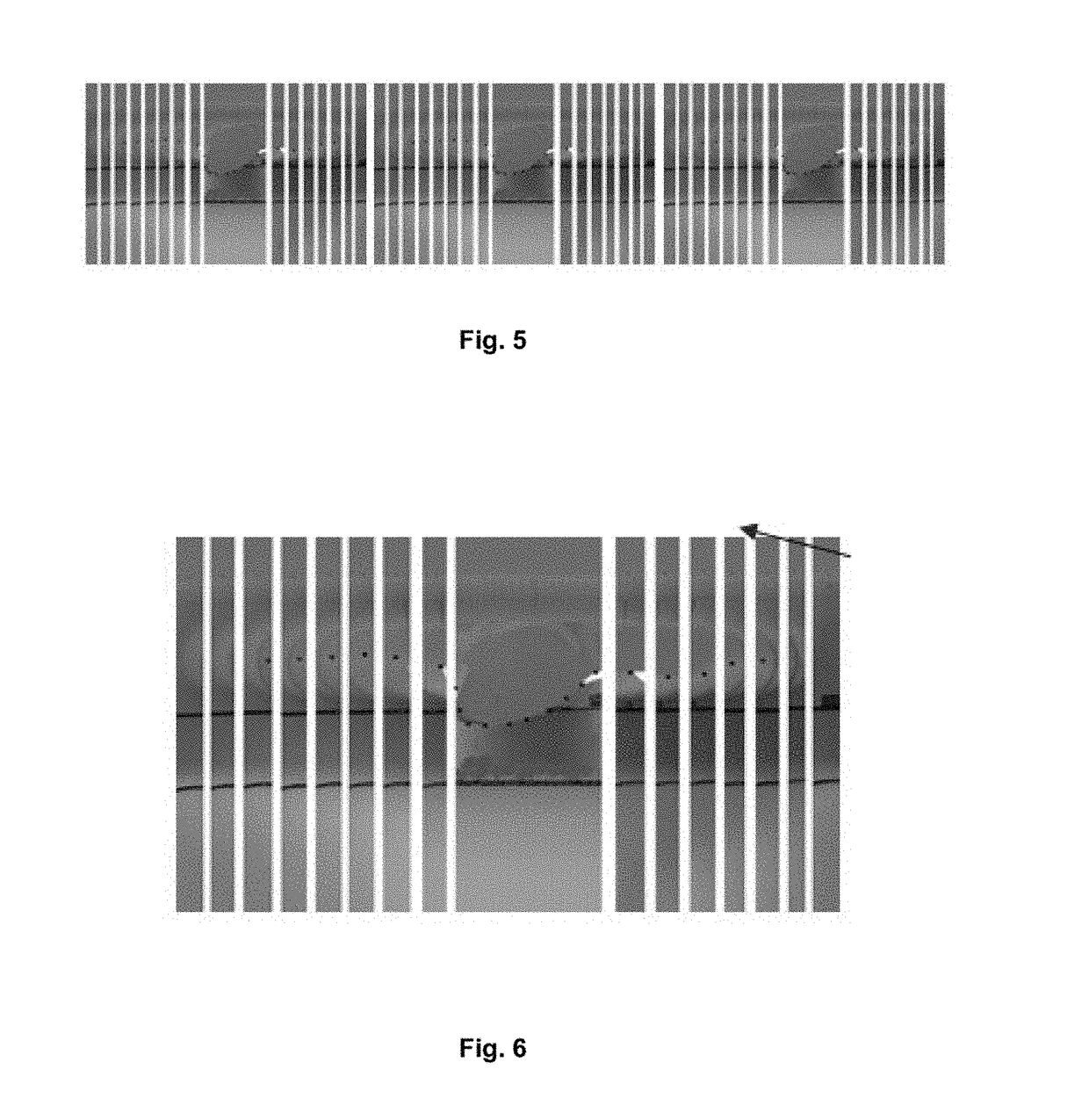Method of condition monitoring one or more wind turbines and parts thereof and performing instant alarm when needed
a technology of condition monitoring and wind turbines, applied in the field of condition monitoring of wind turbine generators, can solve the problems of generator power production being influenced in a negative way, blade pitch system and blades will experience different kinds of wear and tear and damage, and the whole wind turbine and foundation will be overloaded
- Summary
- Abstract
- Description
- Claims
- Application Information
AI Technical Summary
Benefits of technology
Problems solved by technology
Method used
Image
Examples
Embodiment Construction
[0032]An object of the invention achieved by a method of condition monitoring a WTG (Wind Turbine Generator) comprising acts of collecting and storage of at least the following data sets together with their time stamps. Collection of generator power production measurements. Collection of mechanical status measurements. Collection of generator torque measurements. Collection of nacelle direction measurements. Collection of meteorological conditions measurements.
[0033]The method compromises a further act of synchronizing the data sets.
[0034]The act of synchronizing data allows for unprecedented verification of individual measures of operational data of a WTG since each measure may be derived from other measures or be dependent on each other. Hence synchronisation allows for improvements in the overall conditioning monitoring of a WTG.
[0035]In an example the data is collected or sampled synchronized. In an example the data or time series are arranged and synchronized before processing....
PUM
 Login to View More
Login to View More Abstract
Description
Claims
Application Information
 Login to View More
Login to View More - R&D
- Intellectual Property
- Life Sciences
- Materials
- Tech Scout
- Unparalleled Data Quality
- Higher Quality Content
- 60% Fewer Hallucinations
Browse by: Latest US Patents, China's latest patents, Technical Efficacy Thesaurus, Application Domain, Technology Topic, Popular Technical Reports.
© 2025 PatSnap. All rights reserved.Legal|Privacy policy|Modern Slavery Act Transparency Statement|Sitemap|About US| Contact US: help@patsnap.com



